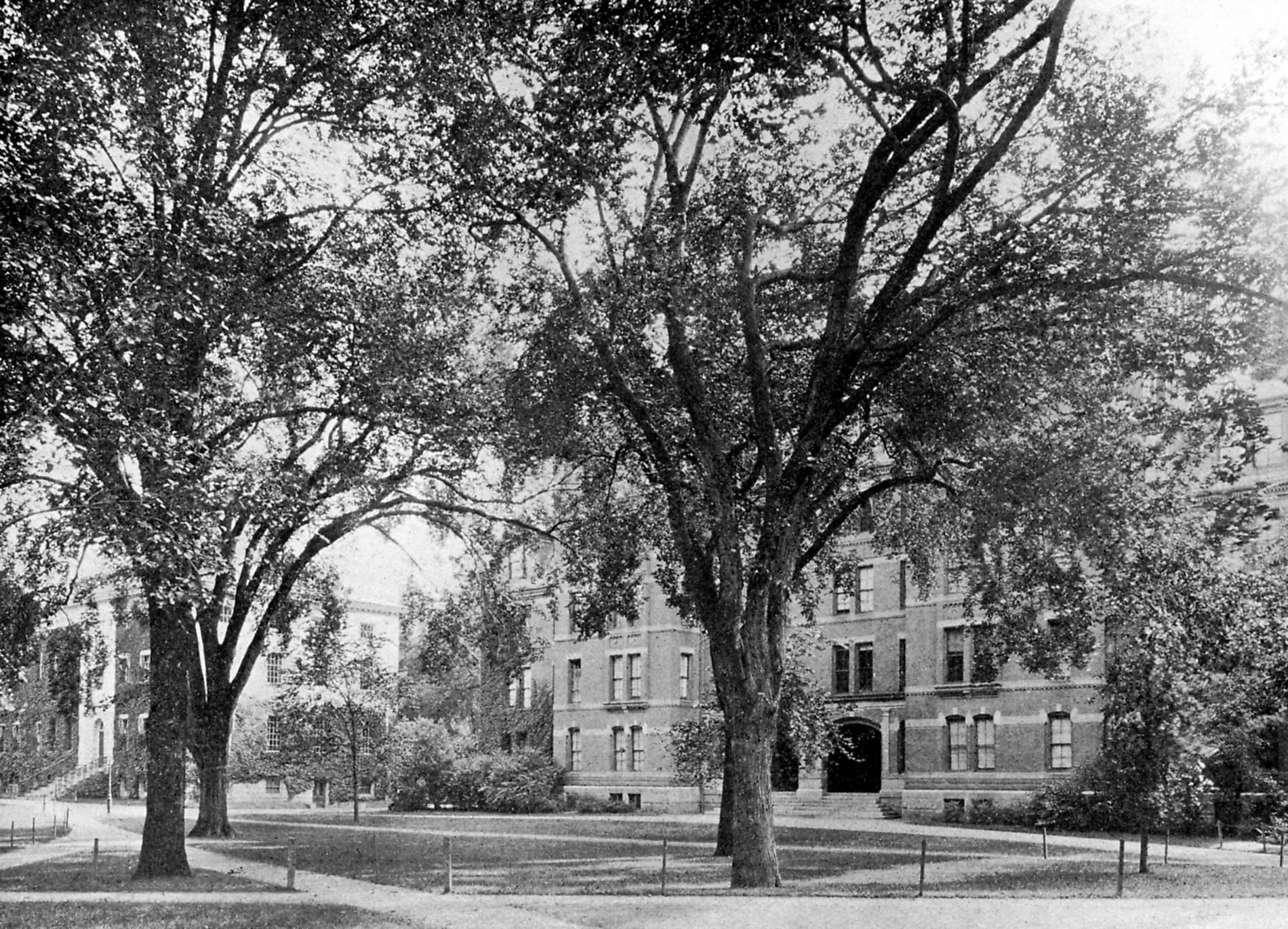
Harvard hired a researcher to uncover its ties to slavery. He says the results cost him his job: ‘We found too many slaves’
When the extent of the university’s involvement with slavery was unearthed, a scholar tracking descendants of enslaved workers was suddenly fired

Harvard University in Cambridge, Massachusetts, in 1913. Photograph: Smith Collection/Gado/Getty Images
Cotton Capital: ongoing seriesHarvard University
Harvard hired a researcher to uncover its ties to slavery. He says the results cost him his job: ‘We found too many slaves’
When the extent of the university’s involvement with slavery was unearthed, a scholar tracking descendants of enslaved workers was suddenly fired
Michela Moscufo
Sat 21 Jun 2025 07.00 EDT
Jordan Lloyd had been praying for something big to happen. The 35-year-old screenwriter was quarantining in her apartment in North Hollywood in June 2020. Without any work projects to fill her days, she picked up the novel Roots, by Alex Haley, to reread.
The novel tells the story of Kunta Kinte, Haley’s ancestor, who is captured and sold into slavery in the Gambia and then brought to Virginia, where he is forced to labor on a plantation. It was adapted into an Emmy-award winning television series in the 1970s, and while reading it again, Lloyd thought to herself, “Wouldn’t it be nice if they could make another Roots?”
A few days later, out of the blue, she received an email from an undergraduate student at Harvard University in Cambridge, Massachusetts. The email was short. The woman introduced herself as Carissa Chen, a junior at the college studying history. She was working on an independent research project to find descendants of enslaved people connected to the university. By using historical records and modern genealogy tools, she had found Lloyd.
Harriet Tubman’s church in Canada was a crucial force in the abolitionist movement. It’s still standing today
Read more
“I have reason to believe through archival research that you could be the descendant of Tony and Cuba Vassall, two slaves taken from Antigua by a founding member connected to Harvard University,” the email read. “Are you available anytime for a call?”
The note linked to a website containing a family tree that Chen had created, tracing the lineage of people enslaved by Isaac Royall Jr, an Antiguan planter and businessman whose endowment would eventually create Harvard Law School.
Chen hadn’t expected to find any living descendants, she told the Guardian, but through dogged research, she managed to uncover 50 names and found Lloyd through an old website she had made when she had first moved to Los Angeles.
“It all felt too specific to be a scam,” Lloyd recounted, so she agreed to a call that would eventually blow open everything she thought she knew about her family history, linking her with one of the nation’s most prestigious institutions and launching a phase in her life that would be colored with equal parts joy and pain.
US universities and the legacy of slavery
Though it contradicts a common perception of colonial New England, enslaved people were brought to work in northern cities in North America as well. In her book New England Bound, the historian Wendy Warren records the remarks of one European traveler who noted in 1687 that “there is not a house in Boston, however small may be its means, that has not one or two [enslaved people]”.
As the country’s oldest and wealthiest university, Harvard’s history is inextricable from the history of transatlantic slavery. The enslaved labored in campus buildings, university presidents and professors owned people forced into bondage, and the school’s wealth grew through a circle of donors intimately connected to the plantation system in the Caribbean, the American south and the trafficking of enslaved Africans across the Atlantic.
Harvard began, informally, to research its relationship to slavery as early as 2007, when the history professor Sven Beckert started leading undergraduate research seminars such as the one Chen took. In 2016, then Harvard president Drew Faust acknowledged the university was “directly complicit” in slavery and, in 2022, the university released an official report, Harvard & the Legacy of Slavery, which detailed its history over more than a hundred pages.

Photographs of enslaved people in the US, possibly the oldest known in the country, were discovered in the basement of a Harvard University museum in 1977. Photograph: Bettmann Archive
Harvard is not the only academic institution with this burden. Currently more than 100 universities across the world are investigating their ties to slavery, the vast majority of which are in the US. A small subset of the universities researching their ties to slavery – approximately five – have committed to conducting genealogical research and identifying living descendants. Religious denominations such as the Episcopal church and the Evangelical Lutheran church and more than a dozen cities and four states have also begun researching their legacies of slavery. The California state reparations taskforce published a 1,000-page report two years ago, and state legislators have been developing – and passing – reparations-related initiatives.
The Guardian, founded in 1821 in Manchester, England, began its own process in 2020, when its sole owner, the Scott Trust, commissioned independent academic researchers to uncover its links to transatlantic slavery. It revealed that the newspaper’s founder, John Edward Taylor, and nine out of 11 of his financial backers had direct ties, mainly through Manchester’s cotton industry. In 2023, the Scott Trust apologized for its role in transatlantic slavery and committed to a 10-year restorative justice program, with millions earmarked for descendant communities. That year, the Guardian also launched an ongoing series called Cotton Capital, which explores the legacies of slavery globally.
The 2022 Harvard report included a list of recommendations by the presidential committee: develop educational partnerships with historically Black colleges and universities, create a public memorial, and – perhaps most contentiously – identify living descendants of people enslaved by university staff, leaders and faculty. The announcement was accompanied by a $100m endowment for “implementation”.






